Artificial intelligence is reshaping the workplace at lightning speed.
Tasks like scheduling, summarizing, reporting, drafting, and organizing—once the building blocks that gave new hires a chance to practice and learn—now take seconds with AI.
On the surface, this looks like progress. Efficiency climbs, costs drop. Beneath the surface, a dangerous gap is opening.
Entry-level roles that develop foundational skills for tomorrow’s leaders are disappearing.
Without them, people lose opportunities to build expertise, judgment, and confidence—and organizations risk hollowing out their own future bench. As Dan Wells, People Director at Talent Point, puts it, “AI is raising the floor by automating repetitive tasks, but if you aren’t deliberate, it will lower the ceiling.”
This guide unpacks how we got here, what’s happening now, and how HR leaders can protect people’s growth while building business capability, answering the question many are asking: Is AI taking over jobs and how?
<<Get the guide to future-proof your people strategy in the AI era. Download now.>>
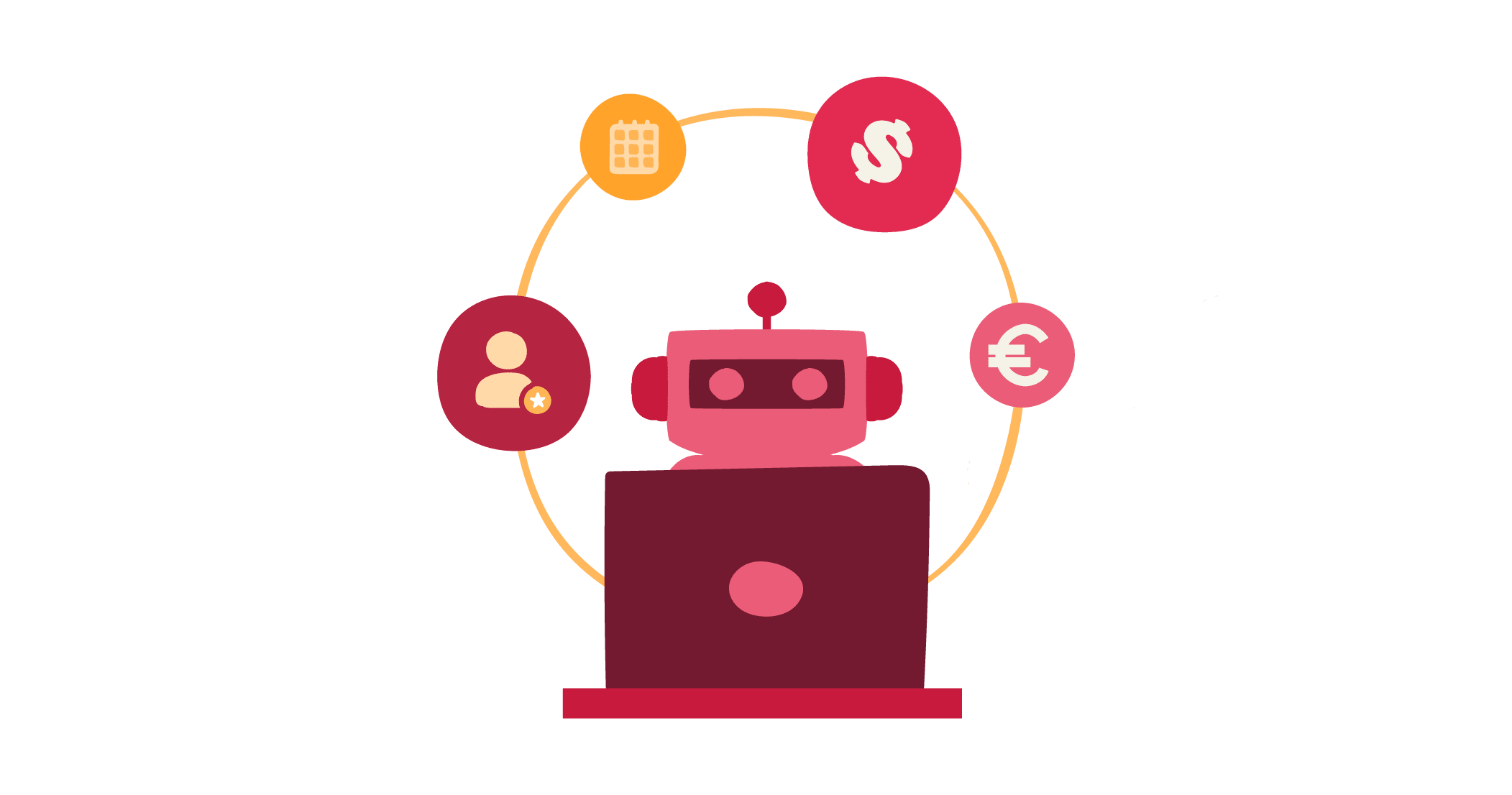
What’s the difference between entry-level and low-level jobs?
The terms “entry-level” and “low-level” are often conflated, but they aren’t the same. Today, this distinction matters more than ever.
- Low-level: A position at the bottom of the organizational chart with limited pay, basic responsibilities, and little decision-making power.
- Entry-level: A true career starting point. In exchange for handling time-consuming and sometimes tedious tasks, new hires gain mentorship, exposure, and a learning curve that builds the foundations of their career. These positions also contribute to company growth.
Think of first-year analysts in investment banking or junior consultants at firms like McKinsey. Endless decks and analyses aren’t just work. They’re practice. Under senior guidance, newcomers sharpen their skills, build confidence, and earn the trust to take on more complex, higher-stakes assignments.
This is where future high performers and leaders are shaped. Through role-modelling, feedback, and collaboration, they develop the judgment and strategic thinking AI can’t replicate.
When entry-level blurs into simply low-level, organizations miss the point—and risk designing jobs that neither grow people nor prepare them to lead.
As AI takes on more of the early tasks, entry-level roles are increasingly among the jobs threatened by AI. This guide explores five major shifts in the modern workplace.
<<Download the guide to see how HR can redesign entry-level roles for growth in an AI-first world.>>
Shift #1: Entry-level jobs are disappearing
AI is eating the “practice reps” that once defined entry-level work: the learn-by-doing opportunities tailored to new hires.
Already, 50.9 percent of professionals in the United States say AI has replaced some entry-level responsibilities. Drafting reports, organizing schedules, and preparing first-pass analyses—tasks that once gave newcomers fluency in their fields—are now increasingly automated.
The trend is accelerating: 40 percent of employers have budgeted for AI-driven staff cuts. And industry leaders are sounding the alarm.
As Dan Wells notes, routine tasks like basic sourcing, data entry, and CV formatting are disappearing fast. “We’re shifting entry-level roles towards value-added work,” he says. “[We’re] engaging passive candidates, contributing to employer brand, and conducting market research—so early-career hires are still learning, not just watching AI.”
In June 2025, Anthropic CEO Dario Amodei warned that AI could “eliminate half of all entry-level white-collar jobs within five years,” potentially pushing unemployment as high as 20 percent.
These tasks weren’t just busywork. They were stepping stones. Without them, new hires miss critical context and struggle to build trust with their teams. Over time, the pipeline of future managers and specialists risks drying up.
If foundational tasks vanish, so does the learning curve. New hires are expected to perform perfectly—instantly—but without the gradual build of expertise and decision-making skills. Organizations may save time now, but in the long run, they risk hollowing out their future capability.
Wells adds that “AI can draft and sort at speed, but it can’t give people the reps they need to build judgment and confidence. That’s why we deliberately keep humans in the loop, shadowing, refining outputs, and gradually taking on more complex client-facing work.”
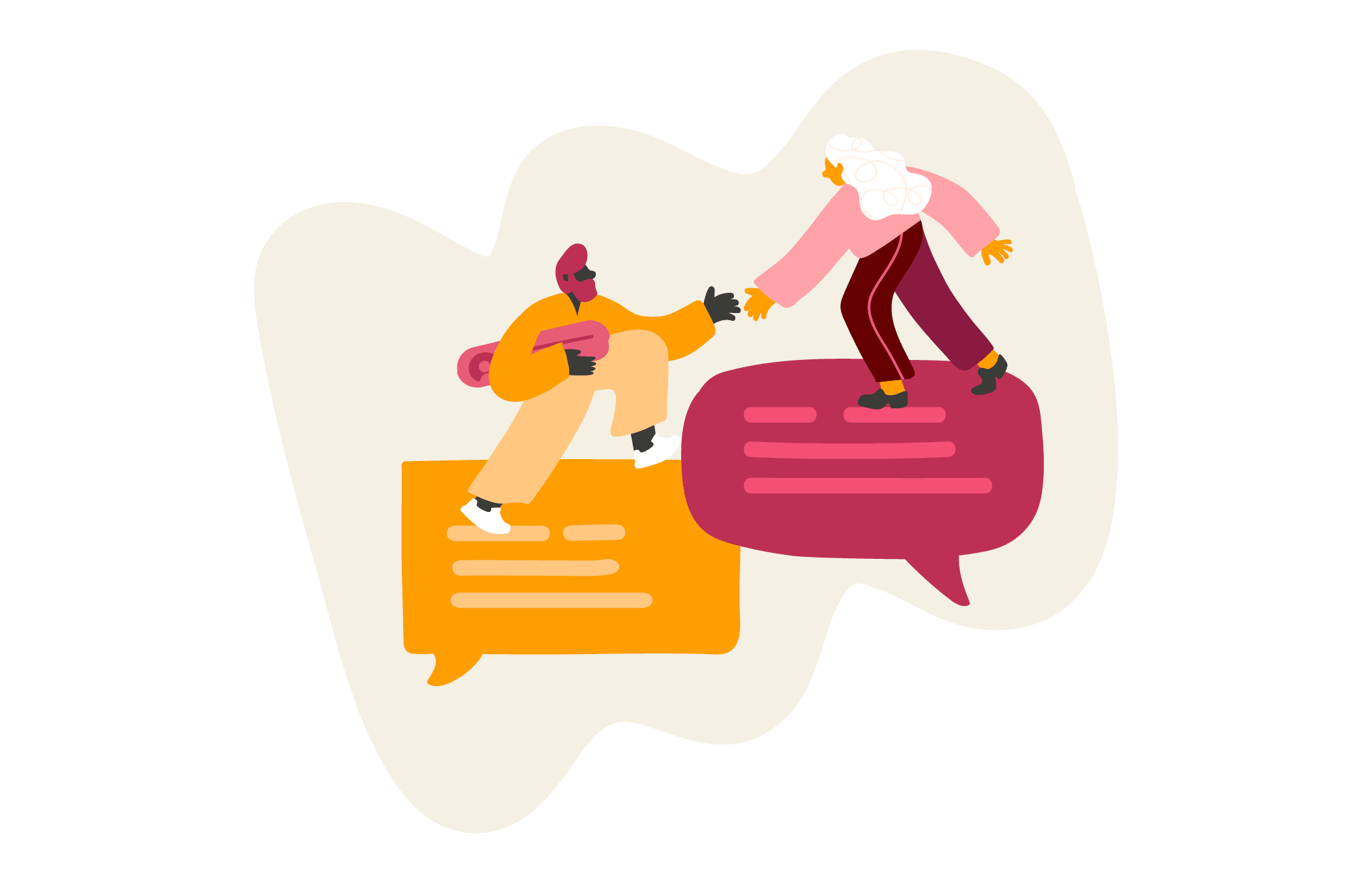
How can HR help protect these pathways to growth?
- Redesign entry-level roles. Instead of eliminating them, include shadowing, feedback, collaboration, and progressive responsibility.
- Preserve time to learn. Even if AI accelerates tasks, give people space for ramp-up, reflection, and review.
- Expand early-career programs. According to recent HiBob research, 24 percent of companies have redesigned entry-level jobs to include more strategic or creative tasks, while 21 percent have expanded internships and apprenticeships.
HR tech can support this transition by:
- Tracking learning journeys. Map how people build skills, not just what tasks they complete.
- Creating structured handoffs. Ensure work flows smoothly from AI outputs to human review.
- Monitoring engagement. Flag when new hires miss out on context-rich interactions with mentors or teams.
By protecting these stepping stones, HR leaders ensure entry-level roles remain career launchpads, not casualties of AI.
Shift #2: AI is raising the performance floor but lowering the ceiling
Generative AI makes it easier for anyone to produce competent work quickly.
That’s good news for efficiency, but it also flattens performance. High performers may lose the incentive to push themselves, while everyone drifts towards the average.
Only 8.7 percent of professionals say AI has fully replaced entry-level roles. In most cases, AI automates parts of the job. It doesn’t replace the need for human judgment. Without practice, skills like vetting, revising, and contextualizing information start to slip.
Dan Wells explains that it’s best to “treat AI as a starting point, not the finished product. The efficiency gains create space for analysis, validation, and developing commercial awareness—so people are still stretching toward the ceiling, not settling for the floor.”
Companies risk training a generation of professionals who know how to get answers, but not how to question them. Younger, less experienced professionals lean heavily on AI tools. In fact, 90 percent of job seekers who used AI to craft resumes said they felt confident applying to jobs they weren’t qualified for.
To quote Simon and Garfunkel, this leads to shades of mediocrity. Work becomes faster, but surface-level. When nuance, originality, or judgment is needed, there’s no one left with the depth to deliver. The result leaves us with a workforce that never reaches its full potential.
In the long run, “AI taking over jobs” doesn’t just mean fewer roles. It can also weaken capabilities across the roles that remain.

How can HR help raise the ceiling again?
- Build review rituals. Reward critical thinking and quality outcomes, not just speed.
- Encourage healthy skepticism. Train people to actively challenge AI outputs rather than rubber-stamp them.
- Recognize the how of work. Value process and depth of thought, not just the final deliverable.
HR tech can help by:
- Assessing depth, not just volume. Use performance management tools to measure quality as well as output.
- Embedding AI-awareness training. Make critical use of AI as a part of onboarding and ongoing development.
- Adding reflection prompts. Ask questions in one-on-one templates like, “What part of this did AI do?” and “How did you strengthen it?”
By fostering critical thinking and human depth, HR leaders can ensure AI raises the performance baseline without capping potential at the top.
<<Keep your teams learning, not just producing, in the age of AI. Download the guide.>>
Shift #3: Cognitive offloading is eroding expertise
Cognitive offloading—outsourcing thinking to AI—is becoming common, especially among workforce newcomers.
In the United Kingdom, 85 percent of professionals believe AI has replaced some entry-level tasks. In the US, that figure is 81.7 percent. Yet far fewer (just 24 percent in the UK and 27 percent in the US) report using AI regularly.
This gap between perception and practice creates problems: People assume AI is doing more than it is, or they rely on it too heavily without building the skills they need to judge, adapt, or solve problems creatively.
“Giving juniors AI too early can be like handing them a sat-nav before they’ve learned to read a map,” Dan Wells says. “We coach them to use AI as a helper, not a decision-maker—and we build exercises that strip AI away so they understand the process from the ground up.”
As we automate more work with AI, white-collar jobs risk reducing how deeply people engage with the nuance of their work. Skills once honed through repetition—spotting red flags, synthesizing across domains, and making sound decisions under pressure—are decaying.
By 2030, it’s likely that 70 percent of skills required in the average job will have changed, making learning agility vital.
The risk is a future where organizations are filled with people who know how to ask AI for answers but not how to verify, improve, or adapt outputs. Teams may move faster, but with less resilience, innovation, and informed judgment.
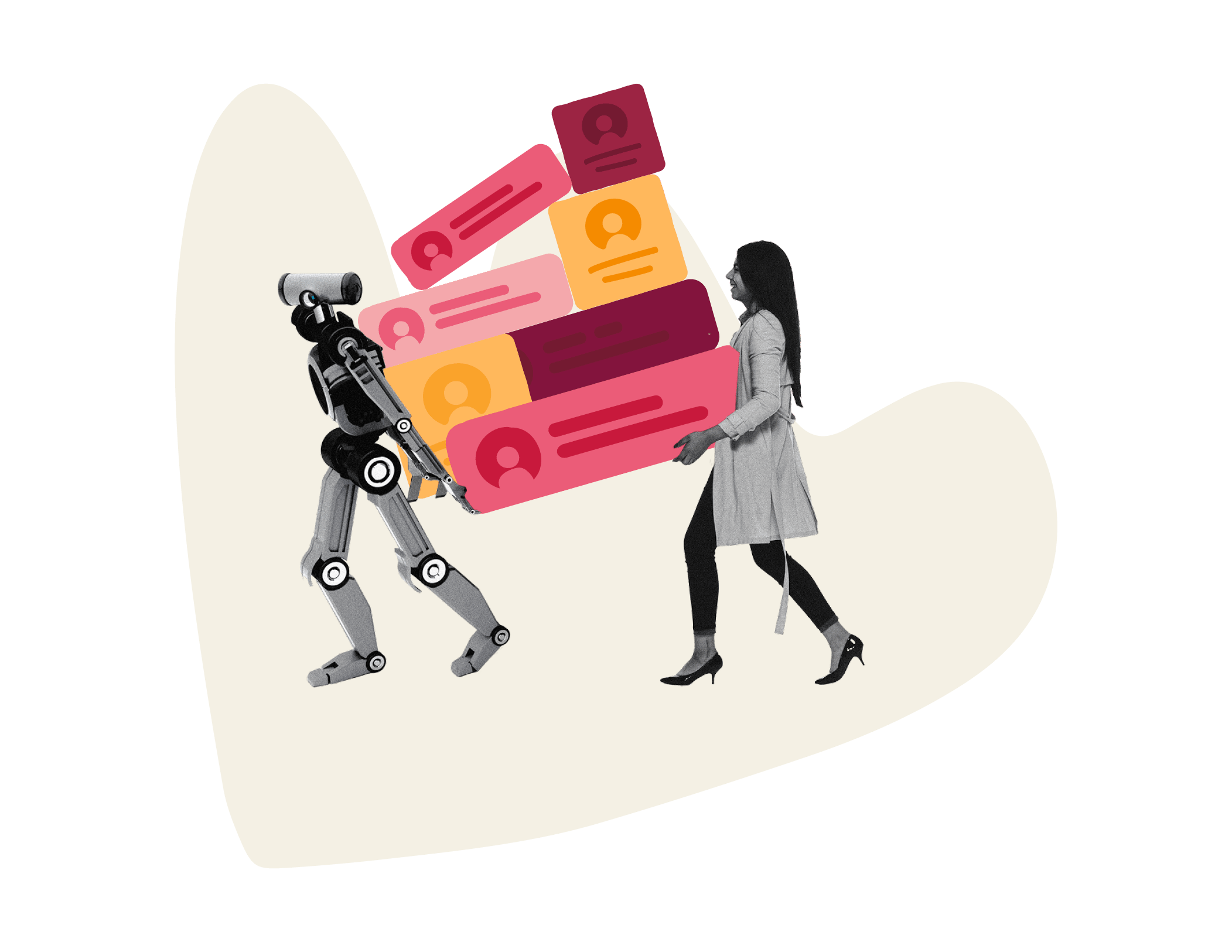
How can HR help safeguard expertise?
- Build reflection into roles. Reshape jobs to emphasize learning agility, not just automation.
- Value thinking over offloading. Include tasks that require people to explain their reasoning, compare outcomes, or justify decisions.
- Promote critical review. Encourage teams to critique AI outputs collaboratively, instead of accepting them blindly.
HR tech can support this approach by:
- Adding structured reflection loops. Use prompts and workflows that embed reflection into daily work.
- Tracking engagement and performance. Use analytics to flag declining critical thinking. For example, fewer comments on shared documents or minimal revision history on key projects.
By integrating reflection and human judgment into roles, HR leaders ensure teams build deep expertise, not just speed. This is the key to keeping organizations resilient, innovative, and capable in the age of AI and beyond.
Shift #4: Mentoring needs more structure
Tacit knowledge—insights, judgment, and intuition AI can’t replicate—leaves the company with senior professionals unless it’s intentionally passed on.
But assigning a mentor isn’t enough. Without structure, time, and intention, mentorship often fizzles into just another task on someone’s calendar.
“Mentorship needs structure in an AI-enabled world,” says Dan Wells. “We run regular lunch-and-learns with in-house AI ‘gurus,’ set clear objectives for sessions, and use collaboration tools with defined check-ins to keep mentoring on track.”
Data shows that unstructured mentoring supports learning only 30 percent of the time. On the other hand, success rates leap above 90 percent with structured programs.
Without structured mentorship, junior team members may miss opportunities to develop sound judgment and strategic thinking.
Unstructured mentorship creates a workforce coached on the what, but not the why. People may hit performance goals but struggle when situations need them to adapt, use their intuition, or draw on previous experience.
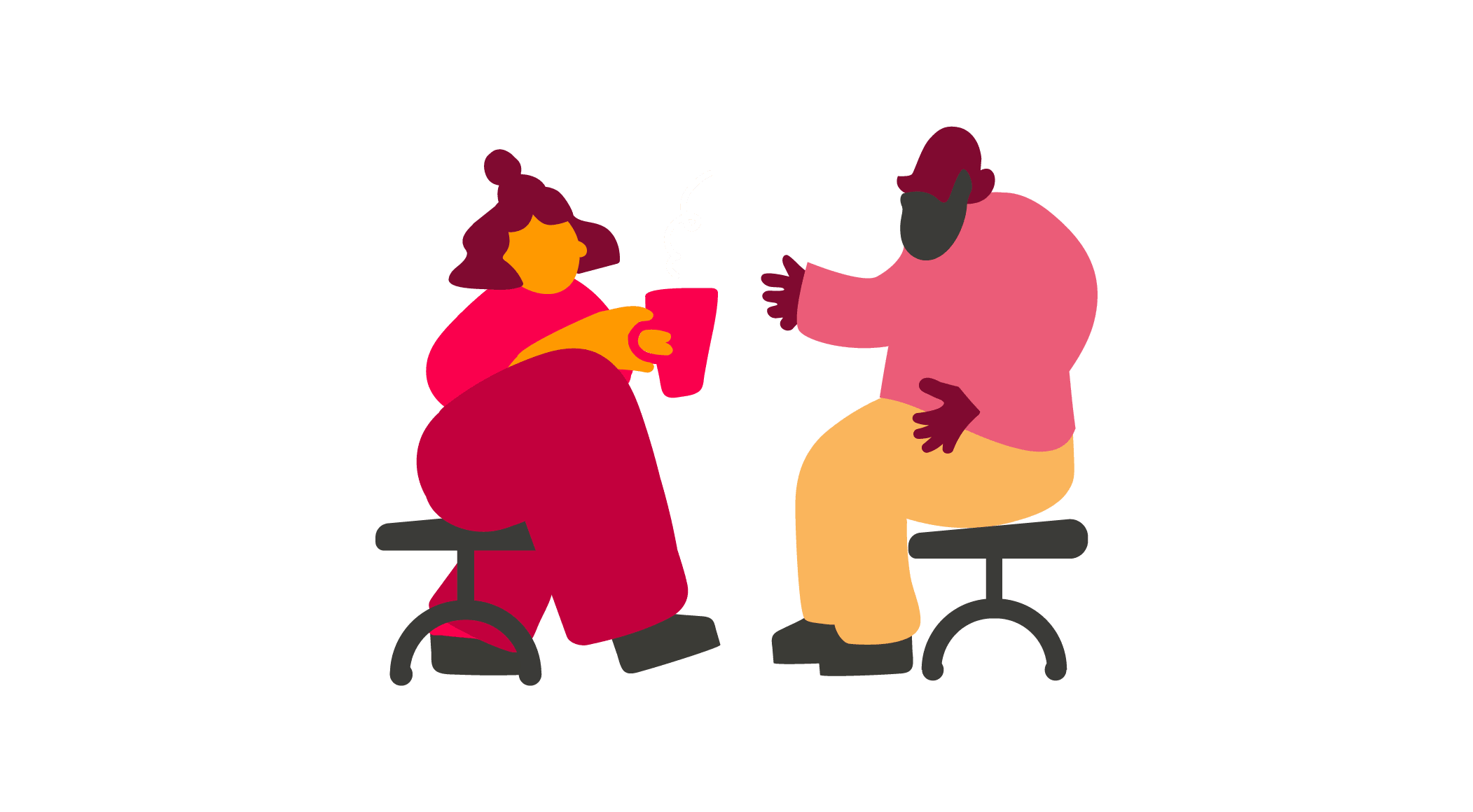
How can HR provide the structure mentorship programs need?
- Train mentors and mentees. Give both sides guidance to make the relationship meaningful. Set clear outcomes and success metrics for what mentorship should achieve.
- Carve out protected time. Schedule regular, structured conversations for consistency and commitment.
- Provide prompts or themes. Guide discussions towards critical skills in each session.
- Embed mentorship in the company culture. Make it a living part of talent development, not just a checkbox.
HR tech can help by:
- Tracking engagement. Use platforms with a built-in LMS or integrations to assign, monitor, and nudge interactions.
- Capturing themes and progress. Log discussion topics and development milestones for visibility.
- Providing feedback loops. Use insights to continuously refine mentorship programs over time.
Structured mentorship ensures tacit knowledge is passed on, helping new team members build the judgment, strategic thinking, and capability to thrive.
Shift #5: AI time-savings aren’t being reinvested into growth
AI is saving hours, but those hours often get absorbed into extra tasks or headcount reductions instead of being reinvested in learning.
The work gets done, but people don’t grow. When strategy shifts or complexity rises, there’s no bench strength ready to step up.
The opportunity cost is enormous: If AI handles the grunt work, early-career professionals miss the tasks that build judgment, so there’s no compound learning and no emerging leaders.
Luckily, only 14 percent of UK professionals believe AI makes it possible to skip entry-level jobs entirely. Most agree foundational experience still matters.
“We ringfence time saved by AI for market research, transformation projects, and learning,” Dan Wells explains. “We also use reverse mentoring—where juniors teach seniors about AI tools—to reinforce their own learning while upskilling the wider team.”
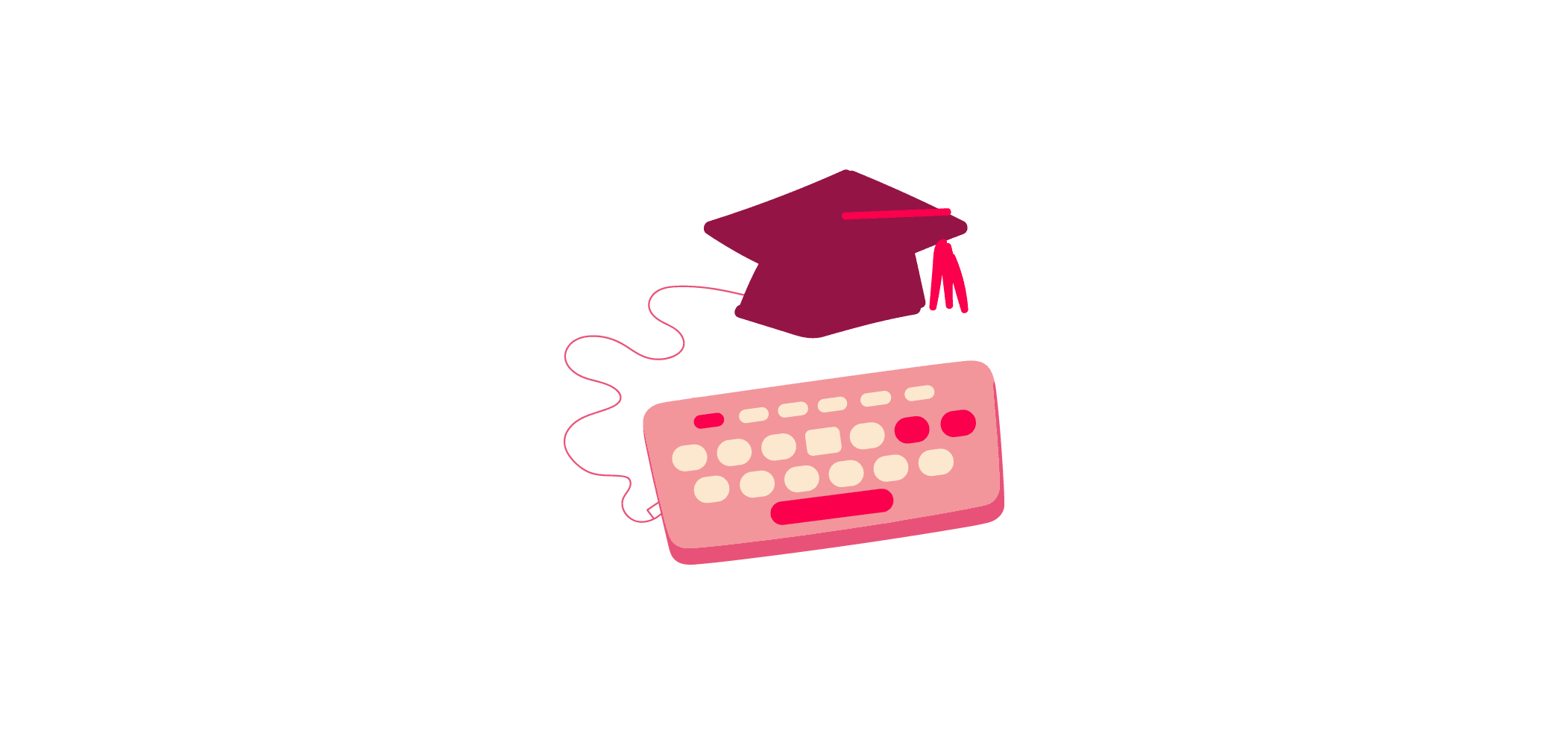
How can HR reinvest time savings into career growth?
- Preserve learning opportunities. For example, PwC invested $1 billion in AI but restructured junior lawyer roles to protect mentorship, shadowing, and strategy exposure.
- Free up coaching time. Use AI to reallocate hours so mentors and managers can focus on developing people, not just replacing tasks.
- Design human-AI workflows. Let juniors finish, refine, or challenge AI outputs with mentor support.
HR tech can help by:
- Building visibility. Track how time is spent, distinguishing between AI-only tasks and human learning work.
- Automating first drafts, humanizing final work. AI handles the initial pass, then people review, refine, and own final outputs.
- Monitoring exposure. Ensure junior team members participate in strategy and high-level discussions, not just routine tasks.
HR can reinvest AI-driven time savings into learning and growth to help teams develop judgment, maintain bench strength, and build a workforce ready for future challenges.

Recommended For Further Reading
- Bridging the AI trust gap: What managers see that team members don’t
- How to promote AI as friendly tech
- How HiBob builds people-first AI with OpenAI
- The Reality of AI in the UK Workplace and its Impact on Entry-Level Jobs
- The Reality of AI in the US Workplace and its Impact on Entry-Level Jobs
- How HiBob protects your people data in the age of AI
Build capability, not just capacity
AI is here to stay. By 2030, as many as 9 million jobs may be displaced. But 11 million new ones are expected to emerge. These new roles will rely on the skills AI can’t replicate: judgment, trust, and context.
For HR leaders, the path forward is clear: Let AI handle the repetitive tasks, let people take on the learning curve, and let HR lead the reinvention of work.
Thriving organizations won’t just be the fastest or leanest. They’ll be the ones designing for change, not resisting it. HR leaders who protect early-career growth, preserve expertise, and reinvest in learning will build workforces capable of adapting, leading, and growing long after the latest AI tool has come and gone.
Key takeaways: How HR can turn AI disruption into capability and growth
- AI taking over jobs is no longer a future concern—it’s happening now. Entry-level roles are disappearing as AI automates scheduling, reporting, and other repetitive tasks.
- Jobs threatened by AI are not just “low-level” tasks. Entry-level jobs build judgment, confidence, and expertise. Without them, companies risk losing future leaders.
- Entry-level white-collar jobs are at the highest risk. Experts warn that half of all entry-level white-collar jobs could be eliminated within five years if companies don’t redesign early-career pathways.
- How is AI taking over jobs? By raising efficiency but lowering the ceiling on performance. Workers risk becoming competent but not exceptional unless HR reinvests in development.
- Five shifts for HR leaders to act on: Entry-level jobs disappearing, performance flattening, cognitive offloading, weak mentorship, and lost growth opportunities.
- HR leaders are the solution. By protecting learning curves, structuring mentorship, and reinvesting AI-driven time savings, HR can ensure people grow while businesses thrive.
- HR tech helps bridge the gap. Tools that track learning journeys, create structured handoffs, and embed reflection into workflows keep human growth at the center.
- Bottom line: AI may displace millions of jobs, but millions more will be created. HR leaders who design for capability—not just capacity—will build future-ready workforces.

